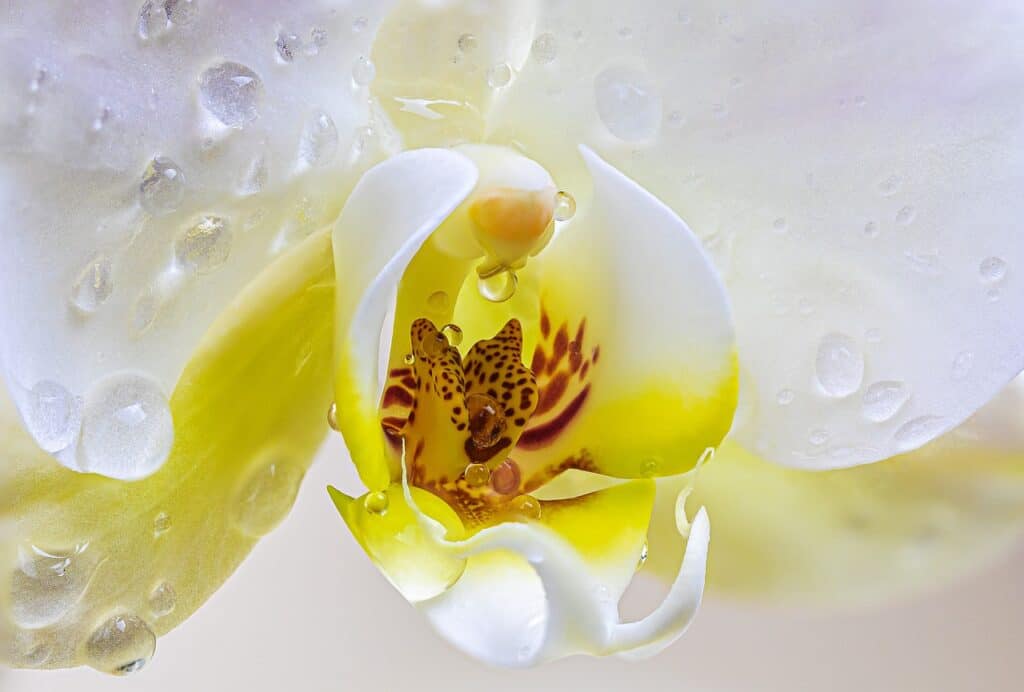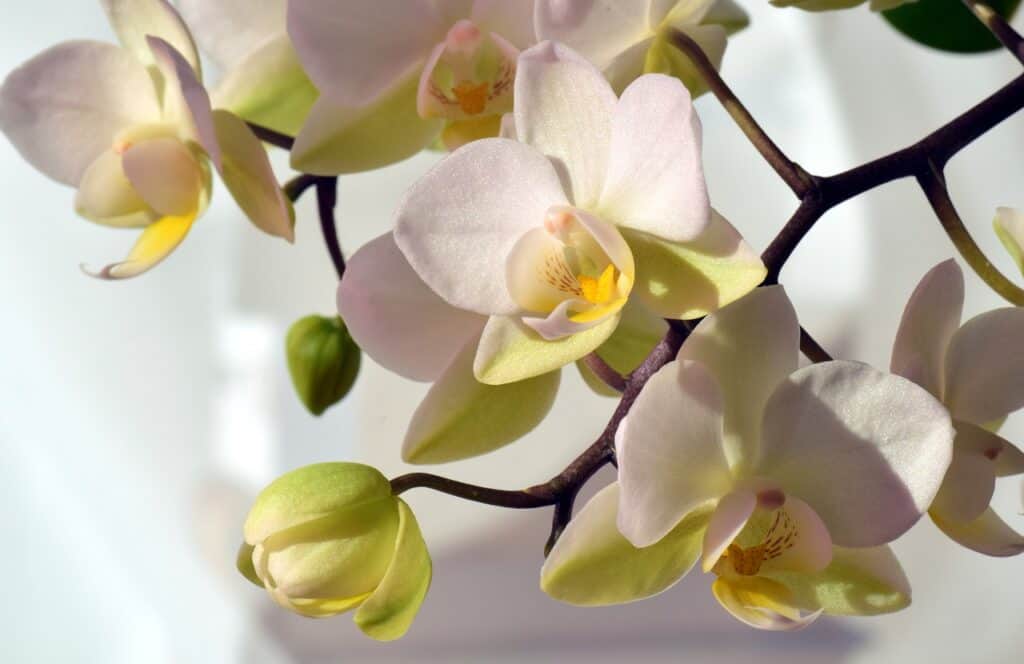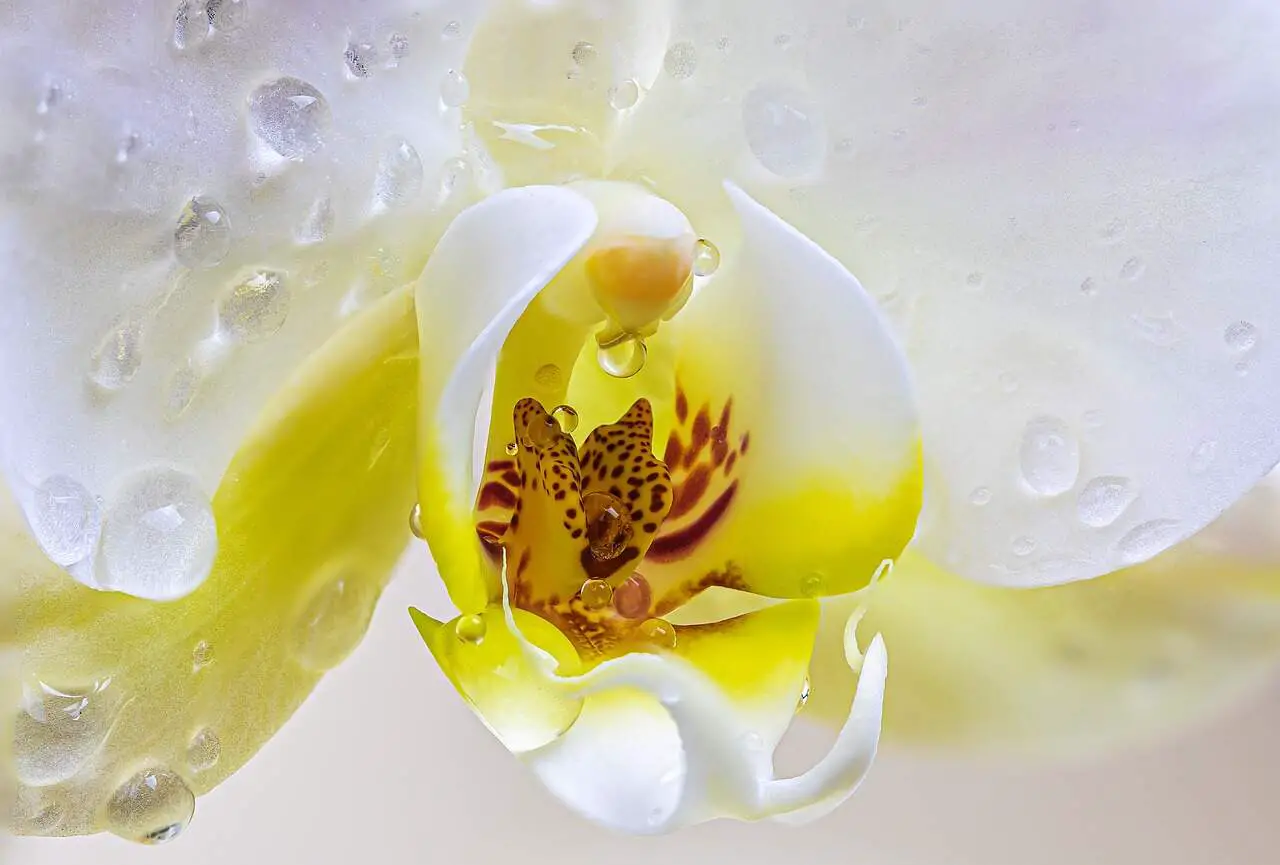Orchids are beautiful and exotic plants that can add elegance to any home or office. They come in many different colors and shapes, making them a popular choice for botanical enthusiasts. However, as with any plant, orchids are susceptible to decline, and taking care of them can be tricky. In this guide, we will provide you with tips and tricks to revive your plant and bring it back to life.

Understanding the Common Causes of an Orchid’s Decline
An orchid can decline for various reasons, including overwatering, under-watering, inappropriate light, and insufficient humidity, among others. Therefore, it is vital to identify the problem before taking the necessary steps towards reviving the plant.
The Importance of Identifying the Specific Issue Affecting Your Orchid
At times, an orchid plant may be declining, but it can be hard to pinpoint the underlying problem. That’s why it is essential to determine the primary reason, which can help narrow down the root cause of the decline. For instance, overwatering can cause the roots to rot, while insufficient humidity can lead to dry, wilted leaves.
Nurturing the Right Environment for Your Orchid to Thrive
An orchid requires a specific type of environment to thrive. Understanding their preferred temperature, humidity, and light conditions is essential for reviving a declining plant.
Temperature, Humidity, and Light Requirements for a Successful Revival
Temperature: Orchids require warmer temperatures during the day, ranging from 70°F to 85°F. At night, they require cooler temperatures ranging between 60°F and 70°F to stimulate growth. Maintaining oscillating temperatures is crucial because it helps in the photosynthesis process, and failure to do so may affect the plant’s health.
Humidity: One of the main reasons why orchids decline is inadequate humidity, and the appropriate range should be between 40% to 60%. You can maintain the ideal humidity levels by utilizing a humidifier or placing a tray of water underneath the plant to evaporate.
Light: Orchids require bright but indirect light for growth. Keeping orchids near east or west-facing windows will provide them with the required amount of light. If needed, you can supplement with artificial light to achieve optimal growth results.
Watering and Fertilizing Tips to Help Your Orchid Bounce Back
Watering and fertilizing your orchid can be quite confusing, but it is essential for rejuvenating your dying plant. The following guidelines will help you achieve successful growth for your orchid.
Dos and Don’ts of Watering and Fertilizing for a Healthy Orchid
Watering: Orchids require a well-draining potting mixture because stagnant water can lead to root rot and eventual decline. When watering, make sure to avoid the leaves and aim for the roots. Water your orchid once a week or once every two weeks, depending on the humidity levels of your environment.
Fertilizing: Fertilizers provide an array of nutrients that orchids need to grow lush, green leaves, and healthy roots. Use a balanced orchid fertilizer with equal amounts of nitrogen, phosphorus, and potassium. You can fertilize your orchid once a month or once every other month, depending on the fertilizer’s nutrient concentration. Avoid over-fertilizing because it can cause leaf burn, which may damage the orchid plant.

Saving Your Orchid from Root Rot
Root rot is a preventable issue that can cause the decline of your orchid plant. When the roots are affected, they cannot take in enough water, which affects the plant’s growth. The following tips will help you save your orchid from root rot.
Reviving Your Orchid From Root Rot
If you notice brown, mushy roots on your orchid, you need to act fast! It means your plant is suffering from root rot. To save your orchid, you need to remove the affected roots, dry the plant out, and repot it with fresh potting mix. Avoid overwatering, misting the leaves, or using too much fertilizer, as they can all contribute to this issue.
Reviving an Orchid with Yellow Leaves
Yellow leaves on your orchid could mean that the plant is dealing with various issues, such as overwatering, insufficient lighting, or aging. Here are tips on how to revive your orchid with yellow leaves.
How to Revive an Orchid with Yellow Leaves
If your orchid plant has yellow leaves, you need to determine the cause. If it’s from overwatering, you need to dry the orchid out and provide a fresh, well-draining potting mix. If it’s inadequate light, consider moving it to a brighter spot or supplementing it with artificial light. Once you have identified the issue, remove the damaged leaves and maintain the appropriate conditions, and prevent further damage.
Orchid Repotting Guidelines
When repotting your orchid, you need to be careful not to damage the plant’s roots. Use a fresh potting mix that caters to the plant’s specific type, and avoid overpotting as it can contribute to waterlogging.
How to Properly Repot Your Orchid
When repotting your orchid, carefully remove it from its old pot and remove the existing potting mix that may have become compacted. Trim any dead roots and gently replant it in a slightly larger pot with fresh potting mix. Ensure that there are adequate drainage holes and that the mix is not too damp but drains excess water quickly.

Conclusion
Reviving an orchid can be challenging, but it is rewarding when you see the plant bounce back with green, lush leaves and colorful blooms. Remember, maintaining a well-balanced environment and providing appropriate care and attention will go a long way toward achieving healthy growth. Follow the tips and tricks listed above, and you will be on your way to reviving your ailing orchid plant. Happy gardening!

